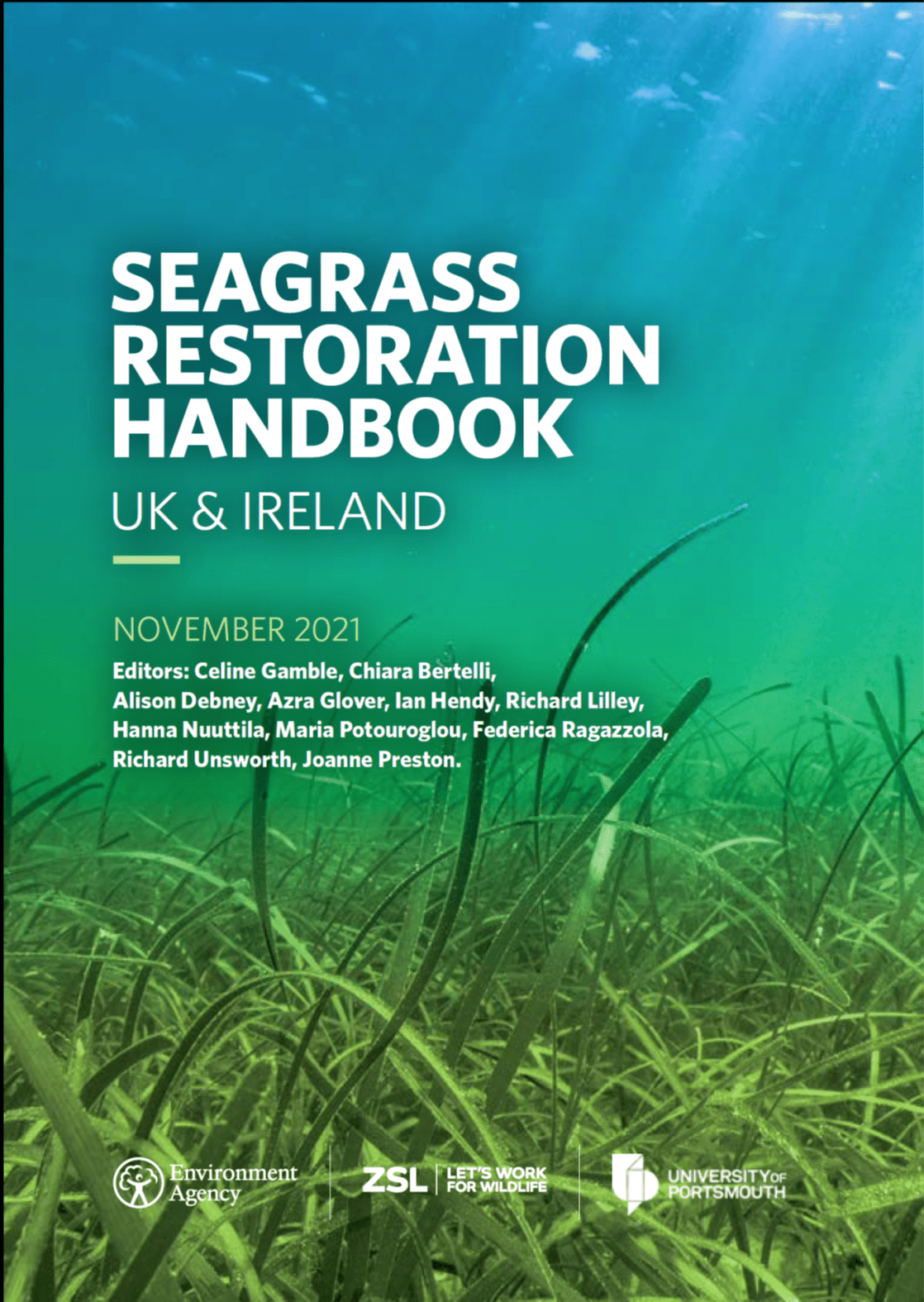Seagrass Restoration: A Bid To Revitalize Scotland's Coastal Ecosystems

Table of Contents
The Ecological Importance of Seagrass Meadows in Scotland
Seagrass meadows are often overlooked, yet they are incredibly important ecosystems. They support a wealth of biodiversity, contribute significantly to carbon sequestration, and provide crucial coastal protection. Effective seagrass restoration is therefore vital for Scotland's environmental health.
Biodiversity Hotspots
Scottish seagrass meadows are biodiversity hotspots, teeming with life. These underwater grasslands provide essential habitat for a wide range of species.
- Fish: Many commercially important fish species, such as Solea solea (common sole) and Gadus morhua (cod), rely on seagrass for nursery grounds and foraging areas.
- Invertebrates: Numerous invertebrates, including Carcinus maenas (shore crab) and various crustaceans and molluscs, find shelter and food within the seagrass leaves and roots.
- Birds: Seabirds, such as wading birds, utilize seagrass meadows as feeding grounds, preying on the abundant invertebrates.
These species play crucial roles in the food web, contributing to the overall health and resilience of the ecosystem. The intricate interactions within these habitats highlight the importance of maintaining healthy seagrass meadows.
Carbon Sequestration and Climate Change Mitigation
Seagrass meadows are remarkably efficient carbon sinks, playing a vital role in mitigating climate change. They sequester "blue carbon," absorbing carbon dioxide from the atmosphere at a rate comparable to, or even exceeding, that of terrestrial forests.
- Seagrass meadows can sequester up to 35 times more carbon per unit area than tropical rainforests.
- The carbon stored in seagrass sediments is effectively locked away for centuries.
Seagrass restoration in Scotland directly contributes to the country's climate change targets by increasing carbon sequestration and reducing atmospheric CO2 levels. This “blue carbon” ecosystem service is an invaluable asset in the fight against climate change.
Coastal Protection and Water Quality
Seagrass meadows act as natural barriers, protecting coastlines from erosion and improving water quality.
- Their dense root systems stabilize sediments, reducing the impact of wave action and preventing coastal erosion.
- Seagrass acts as a natural filter, trapping sediments and absorbing excess nutrients from runoff, improving water clarity.
This protection benefits coastal communities and infrastructure, reducing the risk of damage from storms and improving the overall health of the coastal environment. Restoration efforts contribute to more resilient and protected coastlines for Scotland.
Current Status of Seagrass in Scotland and Challenges to Restoration
Despite their importance, Scotland's seagrass meadows are facing significant challenges. Their decline necessitates urgent action through effective seagrass restoration.
Threats to Seagrass Meadows
Numerous factors contribute to the decline of Scotland's seagrass meadows:
- Pollution: Agricultural runoff, containing fertilizers and pesticides, causes eutrophication, leading to algal blooms that smother seagrass.
- Boating Activities: Damage from boat anchors and propellers directly destroys seagrass beds.
- Climate Change: Rising sea temperatures, ocean acidification, and increased storm intensity negatively affect seagrass growth and survival.
Addressing these threats is crucial for successful seagrass restoration and long-term conservation.
Existing Restoration Techniques
Several techniques are employed in seagrass restoration projects:
- Seed sowing: Scattering seagrass seeds directly onto suitable seabed areas.
- Transplanting: Relocating seagrass shoots from healthy areas to degraded areas.
- Habitat creation: Creating artificial reefs or other structures to promote seagrass colonization.
The choice of technique depends on various factors, including the site conditions and the availability of seagrass seeds or shoots. Each method has its advantages and disadvantages, requiring careful consideration in the Scottish context.
Successful Seagrass Restoration Projects in Scotland and Future Directions
Encouragingly, several successful seagrass restoration projects are underway in Scotland. These provide valuable lessons for future initiatives.
Case Studies
Several successful initiatives showcase the possibilities of seagrass restoration:
- (Insert specific project example 1 with link): This project demonstrated successful seagrass transplantation using a particular technique, resulting in significant meadow expansion.
- (Insert specific project example 2 with link): This initiative focused on community engagement and resulted in substantial improvements in water quality and biodiversity.
These case studies provide valuable data and insights for future projects, demonstrating that seagrass restoration is achievable with careful planning and execution.
Future Research and Collaboration
Continued research and collaboration are crucial for long-term success.
- Further research is needed on genetic diversity and climate change resilience of Scottish seagrass species.
- Effective collaboration between scientists, policymakers, and local communities is essential to ensure the sustainability of restoration efforts.
Raising public awareness and encouraging community engagement are critical to securing the future of Scotland's seagrass meadows.
Conclusion
Seagrass restoration in Scotland is vital for ecological health, climate change mitigation, and coastal protection. These underwater meadows provide invaluable ecosystem services, supporting rich biodiversity and acting as crucial carbon sinks. The ongoing efforts in seagrass restoration, coupled with continued research and collaboration, offer hope for the revitalization of these vital habitats. Protecting Scotland's coastal ecosystems requires a collective effort. Learn more about seagrass restoration and how you can contribute to the revitalization of these vital underwater habitats. Support local conservation organizations and participate in citizen science initiatives to help secure the future of Scotland's seagrass meadows.

Featured Posts
-
 Deutschland Sucht Den Superstar Esc Quotenanalyse Des Ersten Vorentscheids 2025
May 05, 2025
Deutschland Sucht Den Superstar Esc Quotenanalyse Des Ersten Vorentscheids 2025
May 05, 2025 -
 Max Verstappen Welcomes Child Ahead Of Miami F1 Race
May 05, 2025
Max Verstappen Welcomes Child Ahead Of Miami F1 Race
May 05, 2025 -
 2025 Kentucky Derby A Pace Projection And Impact On Winning Strategy
May 05, 2025
2025 Kentucky Derby A Pace Projection And Impact On Winning Strategy
May 05, 2025 -
 Virginia Derby Stones Official Announcement At Colonial Downs
May 05, 2025
Virginia Derby Stones Official Announcement At Colonial Downs
May 05, 2025 -
 How Stefano Domenicali Reshaped Formula 1s Global Reach And Popularity
May 05, 2025
How Stefano Domenicali Reshaped Formula 1s Global Reach And Popularity
May 05, 2025
